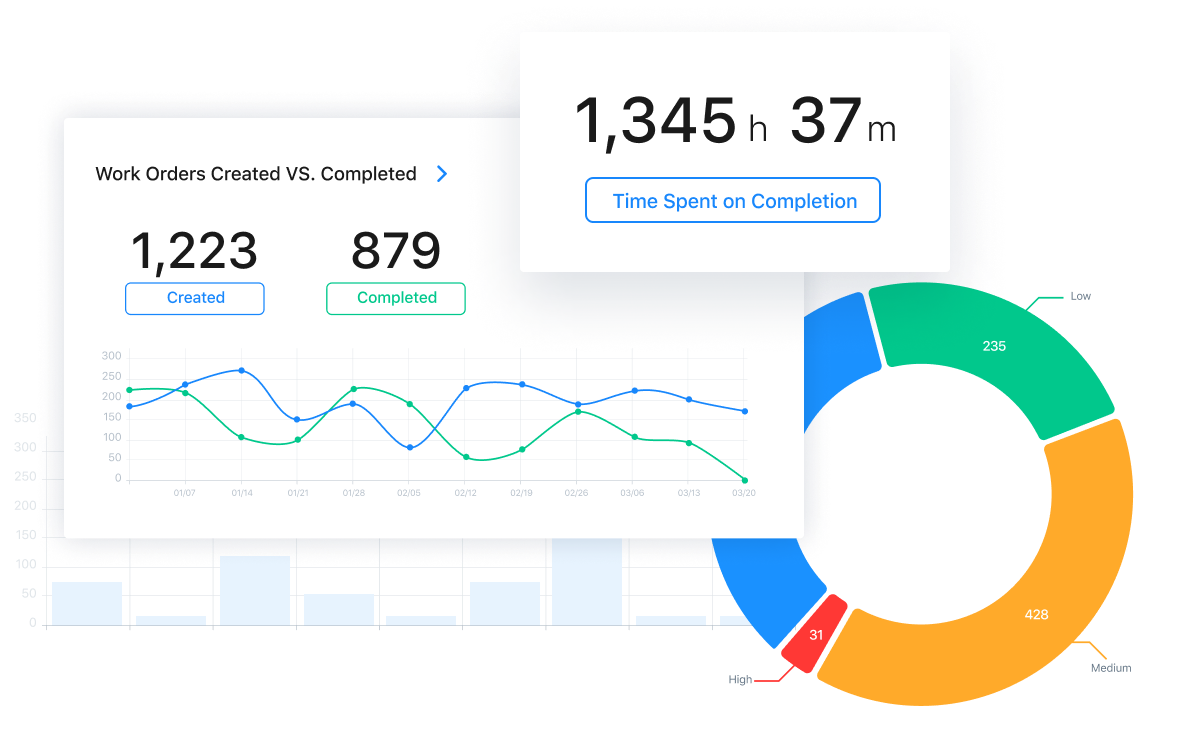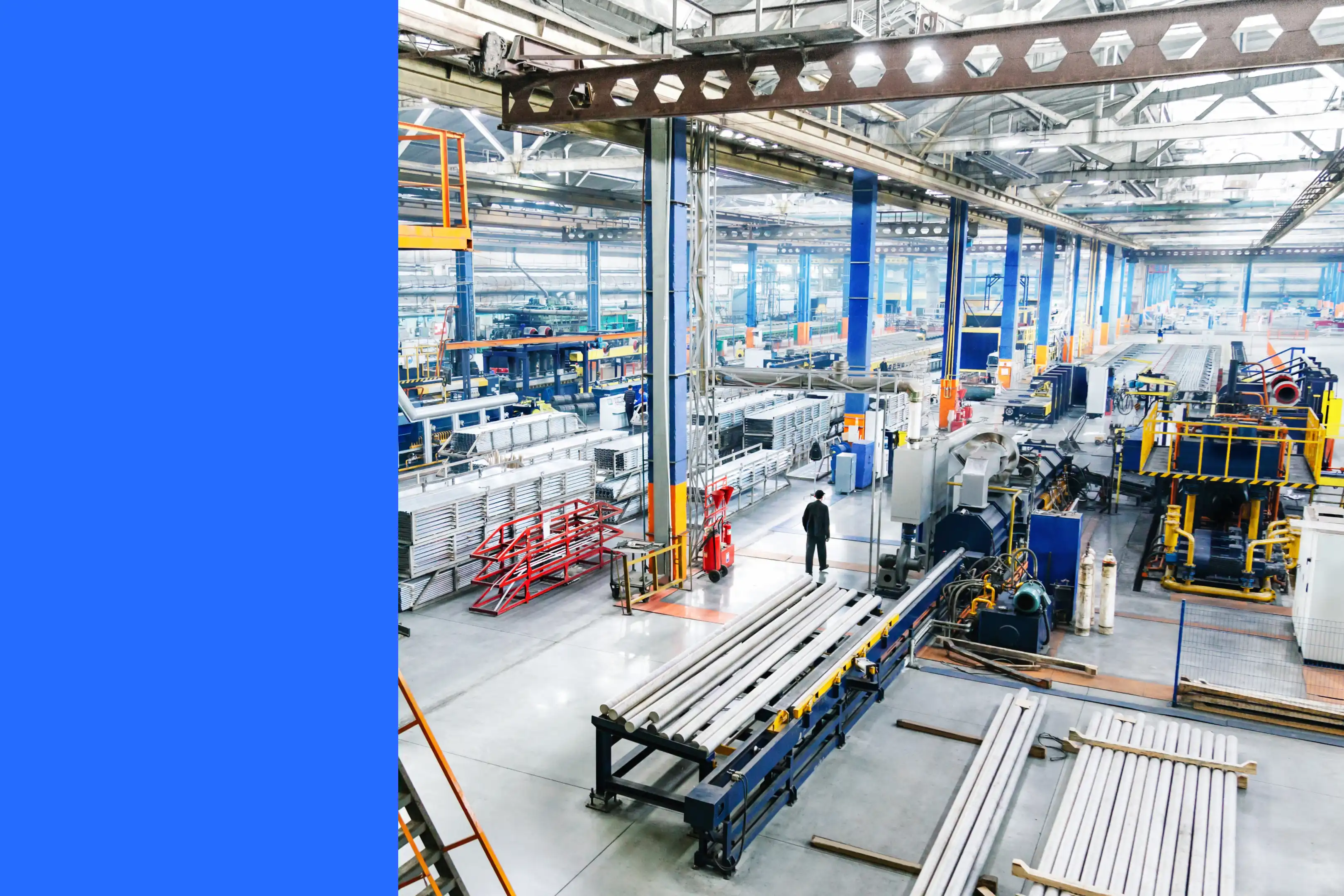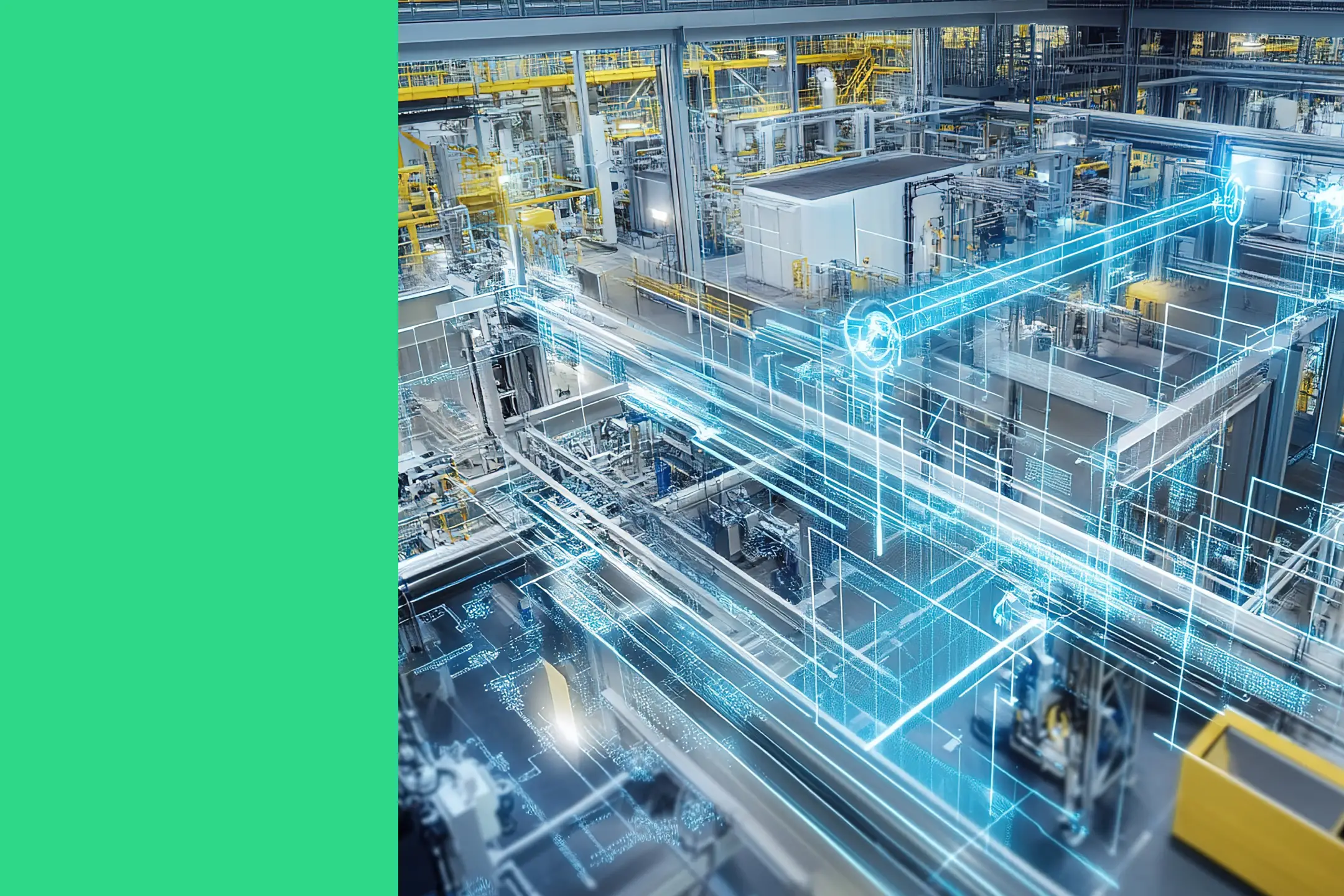
Making the shift from reactive maintenance to proactive, data-driven strategies is at the heart of Enterprise Asset Management (EAM). For maintenance teams in asset-heavy industries like manufacturing, logistics, or oil and gas, that shift can mean fewer surprises, lower costs, and smoother operations.
In this article, we’ll break down what effective EAM really looks like: the strategies that work, the components that matter most, and how the right platform can transform maintenance from a scramble into a smarter, more sustainable process.
Key takeaways
- For operations leaders: Enterprise Asset Management provides a holistic view of your assets' entire lifecycle, enabling strategic decision-making across multiple manufacturing facilities
- For maintenance managers: A successful EAM strategy standardizes maintenance processes across all sites, ensuring consistent performance and simplifying compliance requirements
- For information technology directors: Modern EAM software improves cross-departmental collaboration, centralizes critical asset data, and empowers technicians with mobile-accessible tools
- For plant managers: Implementing EAM best practices can reduce unexpected outages, lower operational costs, and extend equipment life in asset-intensive industries
What is enterprise asset management
Enterprise Asset Management (EAM) is an approach to managing your organization's physical assets throughout their lifecycle.
Unlike traditional maintenance, which often focuses only on repairs, EAM takes a broader, more strategic view. The approach encompasses everything from asset planning and procurement to installation, operation, maintenance, and eventual decommissioning or replacement.
The goal of EAM is to improve asset performance, control costs, and reduce operational risks company-wide. When you standardize asset information and workflows in one place, maintenance managers can see what's really happening and make smarter decisions that boost reliability and production capacity. This approach works especially well for organizations running multiple facilities where consistency and benchmarking become critical for success.
Key components of enterprise asset management
Enterprise asset management systems aim to give manufacturing, logistics, and industrial organizations a complete picture of asset health and performance, helping them run more efficiently across all locations. An EAM system combines the following components:
- Asset lifecycle management: This involves tracking and managing every stage of an asset's life, from initial planning and purchase to disposal. The process ensures you get maximum value from your capital investments while planning for future replacements.
- Work order management: Work order management involves centralizing the creation, assignment, and tracking of all maintenance tasks. A modern work order management platform will streamline workflows for preventive, predictive, and reactive maintenance, ensuring technicians complete repairs efficiently.
- Parts and inventory management: Effective EAM includes managing spare parts to ensure you have them when needed without overstocking. This approach reduces carrying costs and minimizes production interruptions while waiting for parts. (For example, MaintainX’s inventory management features helped Wauseon Machine reduce parts costs by 14.5%, which ultimately saved them $60,000 annually.)
- Reporting and analytics: Reporting functions provide the data and insights teams need to monitor Key Performance Indicators (KPIs), identify trends, and make strategic decisions for continuous improvement.
Benefits of enterprise asset management
Setting up a strong EAM strategy creates real value across your organization, leading to improvements in efficiency, cost control, and productivity at every facility.
- Reduced unplanned downtime: Proactive maintenance scheduling and live data monitoring help you identify and address potential issues before they cause equipment failures, increasing production capacity.
- Lower maintenance costs: The system helps you deploy labor more efficiently, manage inventory better, and focus on preventive maintenance—cutting your overall maintenance costs.
- Improved data visibility: EAM gives you one place for all asset-related information, so leaders can see what's happening company-wide and standardize processes across multiple sites.
- Enhanced technician experience: Modern EAM systems offer mobile-friendly tools that are intuitive and easy to use, helping technicians work more efficiently and collaboratively.
How enterprise asset management systems work
Enterprise asset management systems provide a foundation for your entire team to collaborate and manage assets effectively across all locations.
Enterprise asset management systems follow a continuous cycle that includes:
- Data collection: The system stores critical asset data, maintenance history, performance metrics, and documentation
- Work planning: Teams schedule preventive maintenance, create service requests, and manage parts inventory
- Task execution: Technicians use mobile devices to access procedures and log work with real-time updates
- Analysis and improvement: The system generates reports and dashboards that fuel continuous improvement across all facilities
Enterprise asset management best practices (and how software can help)
Facilitate easy communication
Getting the best out of your assets requires multiple teams working together. Procurement teams must work with finance teams to be sure the purchase aligns with the company's financial goals. Operations teams must work with maintenance teams to ensure assets run smoothly.
Team communication may not be the first thing you think of when you consider EAM solutions. However, EAM software on the market today often goes beyond work order management to offer communication avenues for team members. MaintainX, for example, allows for communication across departments and between workers via real-time chat on mobile devices.

Standardize processes
Setting consistent guidelines for processes saves time and reduces confusion for your team. Creating a uniform approach to workflows also helps when issues arise, as you can perform audits to identify the source of a problem.
Software simplifies your processes by allowing you to create digital SOPs that teams can access via their mobile devices. MaintainX offers cloud-based storage and a global procedure library that enables you to access your SOPs as well as other global procedures.
Make preventive maintenance easier
Preventive maintenance is one of the best ways to reduce maintenance costs. EAM software simplifies the implementation of preventive maintenance by allowing you to automate work orders according to any maintenance schedule. A solution like MaintainX enables you to create repeatable work orders in advance, along with work instructions, and assign the task to the appropriate technician.

Collect accurate data
You’ll struggle to improve your maintenance strategy without consistent data. Keeping track of information like preventive maintenance completion rates, equipment performance, and causes of failure can help you make more accurate decisions and determine whether your maintenance activities are working as planned.
In addition to helping you structure your preventive maintenance, this data can help you perform audits and conduct root cause analyses as problems come up.
EAM software is ideal for monitoring metrics and key performance indicators (KPIs). For MaintainX customer Electro Cycle, comprehensive asset tracking and data analysis helped the team increase planned maintenance by 30%.
The final word: How to transform your maintenance operations
Enterprise Asset Management is about empowering your team to work smarter and stay ahead of costly surprises. A modern EAM platform like MaintainX brings all the moving parts together with repeatable work orders, digital SOPs, and real-time reporting dashboards.
With everything from asset lifecycle management to inventory control built into a single system, MaintainX makes it easy to streamline operations and prove ROI fast.
If you’re ready to see how quickly proactive maintenance can pay off for your team, book a call to talk through it with one of our experts.
FAQs on EAM
What is the difference between enterprise resource planning and enterprise asset management systems for multi-site manufacturing operations?
While both systems are critical for enterprise management, they serve different main functions. An Enterprise Resource Planning (ERP) system manages broad business processes like finance, human resources, and supply chain logistics. An Enterprise Asset Management (EAM) system focuses specifically on managing the entire lifecycle of physical assets, including maintenance, performance, and reliability.
EAM systems provide the deep functionality needed for maintenance operations, which ERPs typically lack, though teams often integrate the two systems to share data and streamline workflows.
What is the typical return on investment timeline for implementing enterprise asset management in manufacturing?
The return on investment (ROI) timeline for EAM setup varies, but many organizations see initial benefits within the first few months. Quick wins often come from improved technician efficiency and better work order management.
Organizations typically realize more significant ROI when reduced unexpected outages and improved preventive maintenance strategies drive results. This can happen within the first year as teams collect and analyze more asset data to inform strategic decisions.
How do maintenance teams integrate enterprise asset management systems with existing enterprise software?
Developers design modern EAM platforms with integration capabilities. They typically use application programming interfaces (APIs) to connect with other business systems, such as ERPs, inventory control systems, and industrial internet of things (IIoT) sensors. This integration allows for a seamless flow of data across departments.
For example, an EAM system automatically sends a purchase requisition to the ERP when spare parts run low, or it triggers a maintenance task based on a sensor reading, ensuring all systems are aligned and working together efficiently.







